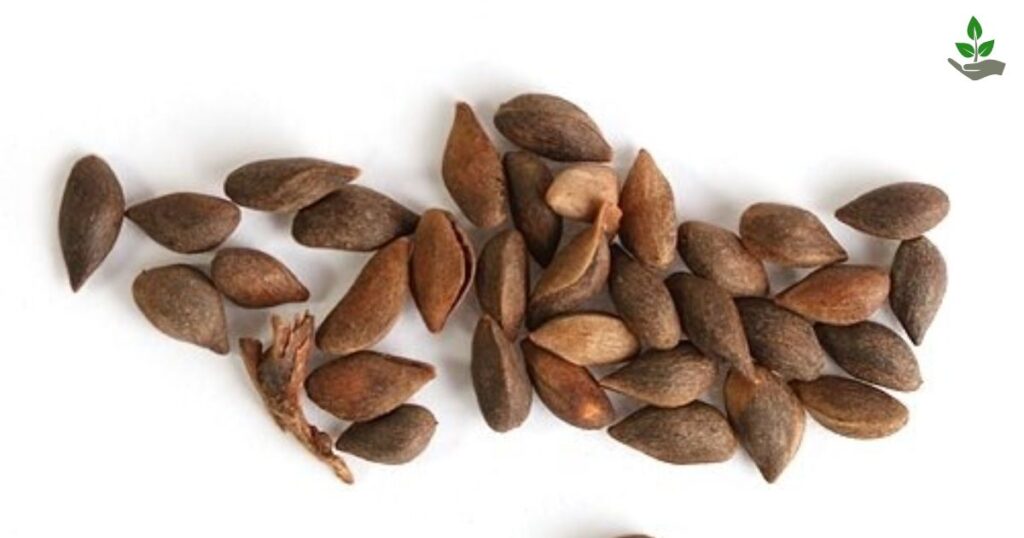Norway Spruce Care, History Planting And Seeds
Norway Spruce scientifically Picea Abies, is a towering evergreen tree that brings elegance and grace to any environment. With its tall height, thick foliage, and capacity to grow in most climates, it is a highly sought after species for both ornamental and functional use.
Keep your Norway Spruce Care healthy and vigorous, it needs appropriate care. From soil needs to pruning methods, knowing the particular requirements of the tree will make the difference. We are going to find out the must-follow tips and practices of Norway Spruce care so it continues to thrive for years to come.
What Is A Norway Spruce?
The Norway Spruce Picea Abiesis a fast growing, large evergreen tree native to Europe but planted extensively throughout the globe for its striking size and beauty. Famous for its tall narrow form and dark green dense needles it can reach 100 feet tall in ideal conditions.
Its long pendulous cones and robust straight trunk give it a demand as a timber producing tree as well as landscaping purposes where it creates a dramatic touch to gardens, parks and woods. Being tolerant of diverse climates and soil types the Norway Spruce is utilized for windbreaks and specimen trees in big yards.

Norway Spruce History
It is an old tree that was originally discovered in the mountainous areas of Europe, Scandinavia, the Alps and the Carpathians. The tree has been a source of advantage to the people living in these areas for centuries due to its wood, which is light, strong, and easy to work with. The tree has been used for centuries in building houses, ships, and paper making.
Its popularity beyond Europe during the 19th and 18th centuries also increased when the tree was cultivated in North America, where it lived up to its expectations under all weather conditions.
Norway Spruce quickly proved useful when it was concerned with wood and for decorations as well mainly in the United States and Canada. Thereafter, it found its way into daily uses in landscapes, woods and even as a Christmas tree justifying its place in ecologies and heritage.
Today the Norway Spruce is not only worthy of being embraced across the globe for its past application but also because of its utilization in modern-day landscaping and forestry.
Norway Spruce Seeds
Norway Spruce seeds are small, winged structures typically produced in late summer to early autumn. Seeds are contained within cylindrical cones which hang from branches of the tree. Mature cones release the seeds, which wind disperses them to new locations, allowing the tree to naturally reproduce. The seeds are light, with a papery wing that allows for their dispersal.

When Norway Spruce is planted from seed, it is advisable to start with fresh, good quality seeds and sow the seeds in suitable conditions to facilitate germination, which most often includes a period of cold stratification in a bid to imitate winter. The seeds germinate and develop roots during this period.
Norway Spruce Planting and growing
Planting and growth of Norway Spruce require careful attention so the tree may grow. Start by selecting a location with partial shade to full sun since Norway Spruce will require at least 6 hours of sunlight a day.
It prefers well drained slightly acidic to neutral soil. Break up the soil and incorporate organic matter if needed for good drainage prior to planting. At planting, plant it in a double the root ball diameter hole and leave the tree in the same spot that it was planted in the nursery pot.
Water thoroughly after planting and maintain it for the first few years, especially during drought. Norway Spruce will grow quickly but wait patiently with it because it will take a few years to develop a good root system.
Norway Spruce Care
Caring for a Norway Spruce entails giving it the necessary conditions and intermittent care to sustain it. Water is needed but particularly during a dry spell. avoid overwatering because the tree will become vulnerable to root rot in soggy soil.

Mulch around the trunk to keep it moist, moderate the temperature and suppress weeds. Minimal pruning must be done but is essential in taking off dead or sick limbs and keeping it in its preferred form, especially during its juvenile stage.
It is extremely tolerant of cold and harsh conditions but may need to be shielded in extremely harsh winters for younger trees. Early spring fertilizing with a slow-release, balanced fertilizer may stimulate growth. By fulfilling these fundamental care requirements, your Norway Spruce will grow into a healthy, strong and stunning centerpiece in your garden.
Norway Spruce Benefits and Uses
Timber Production: The wood of the Norway Spruce is lightweight, strong and durable making it ideal for construction furniture and paper production.
Windbreaks and Privacy Screens: Its dense foliage and tall structure make it an excellent choice for creating windbreaks and privacy barriers in both residential and commercial settings.
Ornamental Landscaping: The tree’s symmetrical shape and lush green needles make it a popular choice for ornamental landscaping in parks, gardens, and public spaces.
Erosion Control: The robust root system of the Norway Spruce helps stabilize soil making it useful for preventing erosion on slopes and in areas susceptible to landslides.
Wildlife Habitat: Its thick branches and dense foliage provide shelter and habitat for various bird species, small mammals and insects.

Christmas Trees: Norway Spruce is commonly used as a Christmas tree due to its symmetrical form, pleasant fragrance, and long lasting needles.
Reforestation: Its fast growth and adaptability to various climates make it a suitable species for reforestation efforts particularly in colder regions.
Shade and Cooling: Its large size and dense canopy provide significant shade, helping reduce heat in outdoor spaces during hot summer months.
Aesthetic Appeal: The Norway Spruce towering height and elegant, conical shape make it a standout tree in any landscape contributing to the overall beauty of gardens and forests.
Honey Production: Norway Spruce produces nectar which can be used by bees for honey production, making it beneficial to local ecosystems and agricultural practices.
Creeping Thyme Tips And Fun Facts
- Creeping Thyme thrives in well drained, slightly sandy soil. Ensure the soil doesn’t retain too much moisture to prevent root rot.
- Plant Creeping Thyme in a spot that gets full sun for at least 6 hours a day for the best growth and most vibrant blooms.
- This hardy plant is drought tolerant once established and doesn’t need frequent watering, making it an excellent choice for low maintenance gardens.
- Trim back Creeping Thyme after blooming to maintain a tidy appearance and promote fresh growth. Light pruning also encourages denser foliage.
- Apply a thin layer of mulch around the plant in the early stages to help retain moisture and regulate soil temperature.
- Space plants 6–12 inches apart to allow for spreading. Creeping Thyme can quickly cover ground and form a dense mat.
- Creeping Thyme is often used as a fragrant ground cover in gardens. When stepped on it releases a lovely, aromatic scent.
- The small purple, pink, or white flowers of Creeping Thyme attract bees, butterflies and other pollinators helping to support local ecosystems.
- Creeping Thyme leaves are edible and can be used in cooking to add a mild, herby flavor to dishes, such as soups, stews, and roasted vegetables.
- Historically, Thyme has been used in herbal medicine for its antibacterial and antifungal properties, as well as for digestive health.
- As a low growing ground cover, Creeping Thyme is highly tolerant of light foot traffic, making it a great choice for paths or between stepping stones.
Read More post : Creeping Thyme Care, History, Planting And Benefits
Conclusion
Caring for a Norway Spruce may seem challenging at first, but with the right knowledge and attention it becomes a rewarding experience. By providing adequate sunlight, water soil drainage and occasional pruning you will help your tree grow strong and remain healthy through all seasons.
Remember like any tree, regular monitoring and addressing any issues promptly are key to maintaining its vitality. With proper Norway Spruce Care you will enjoy a beautiful thriving tree that enhances your landscape for generations.
FAQs
How fast do Norway spruce grow?
Norway Spruce grows relatively quickly, typically adding 1 to 2 feet in height per year under optimal conditions. With proper care it can reach its full height of 50 to 100 feet in around 30 to 50 years.
How big do Norway spruces get?
How fasNorway Spruces can grow up to 50 to 100 feet tall, with a spread of 20 to 40 feet at maturity. Their size makes them an impressive addition to large landscapes and forests.t does a norway spruce grow?
When to plant Norway spruce?
The best time to plant Norway Spruce is during early spring or late fall when temperatures are cooler. Planting in spring allows the tree to establish roots before the summer heat, while fall planting gives it time to settle in before winter. Avoid planting during extreme heat or frost to ensure the tree’s success.







